UConn neuroscientist and chemist receive NIH R01 grant to support their collaboration
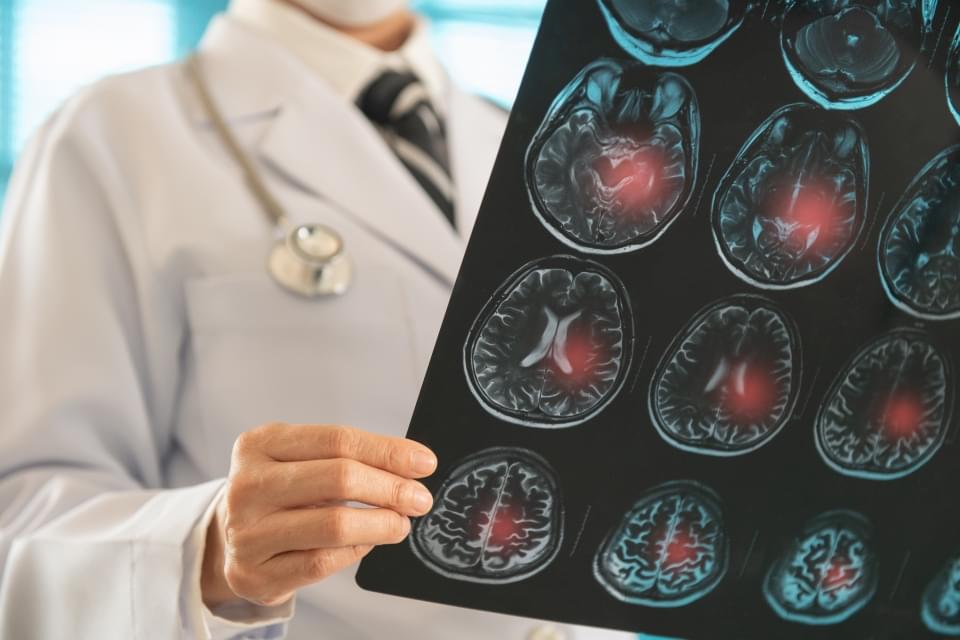


Researchers have demonstrated that brain cells learn faster and carry out complex networking more effectively than machine learning by comparing how both a Synthetic Biological Intelligence (SBI) system known as “DishBrain” and state-of-the-art RL (reinforcement learning) algorithms react to certain stimuli.
The study, “Dynamic Network Plasticity and Sample Efficiency in Biological Neural Cultures: A Comparative Study with Deep Reinforcement Learning,” published in Cyborg and Bionic Systems, is the first known of its kind.
The research was led by Cortical Labs, the Melbourne-based startup which created the world’s first commercial biological computer, the CL1. The CL1, through which the research was conducted, fuses lab-cultivated neurons from human stem cells with hard silicon to create a more advanced and sustainable form of AI, known as SBI.
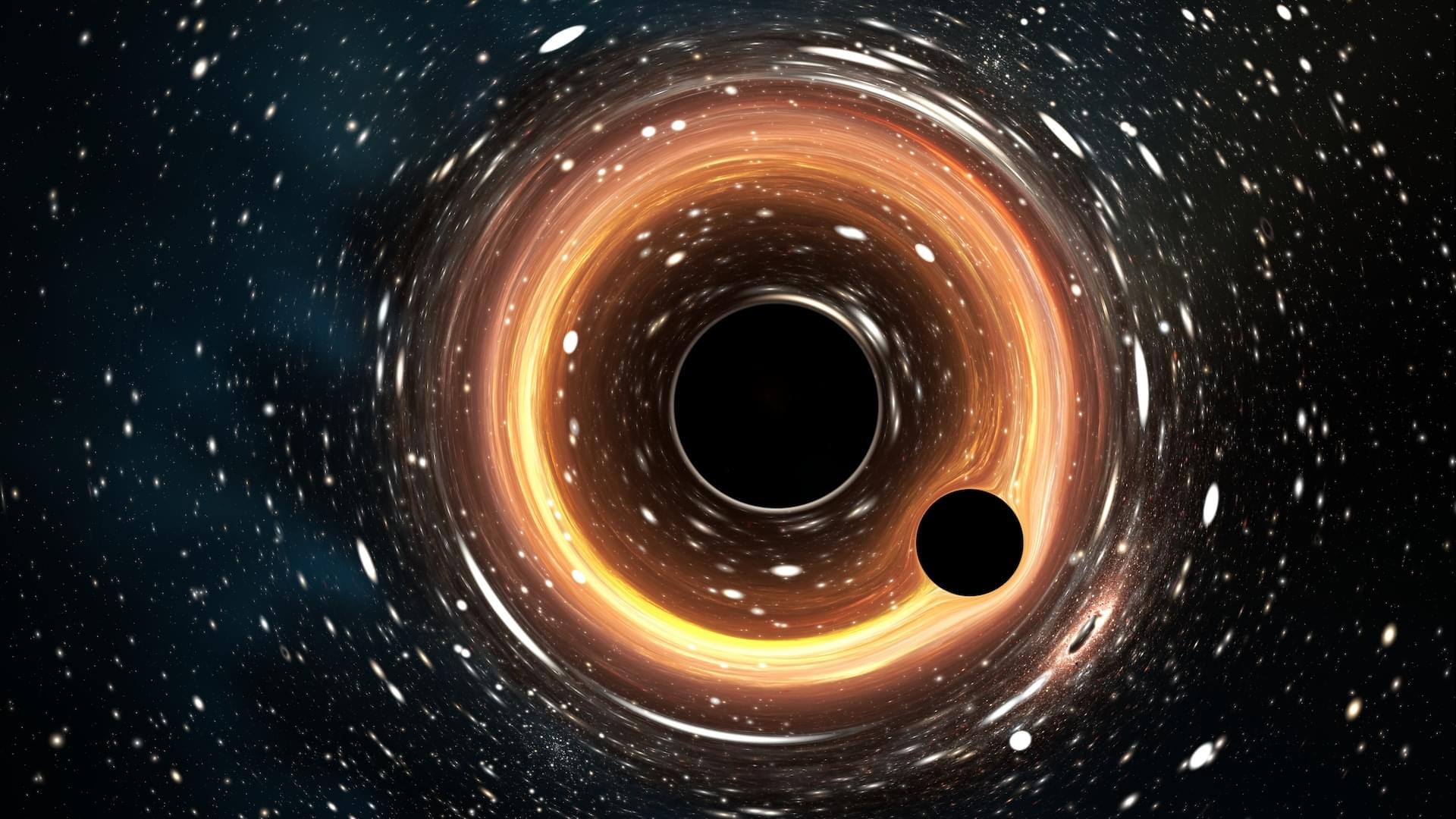
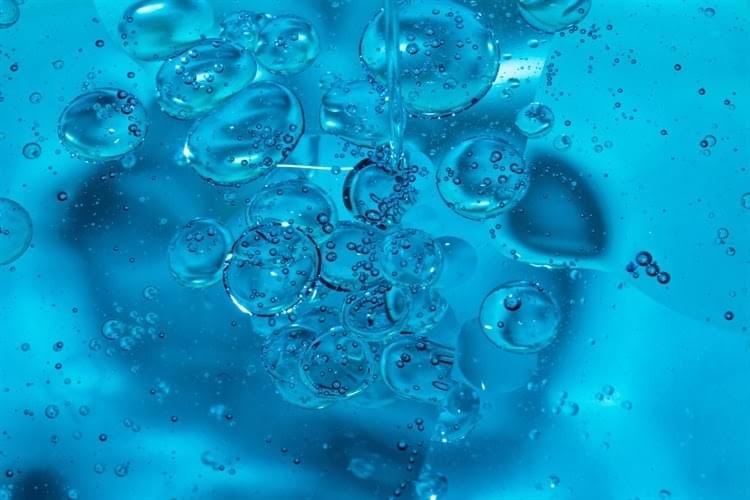
Underwater adhesives have long posed a challenge to materials scientists, with few solutions capable of delivering instant, strong, and repeatable adhesion in challenging marine and biomedical environments. Now, a team of researchers has leveraged machine learning (ML) and data mining (DM) —inspired by natural adhesive proteins—to engineer next-generation super-adhesive hydrogels that work instantly underwater.
Published in Nature, the study introduces an end-to-end data-driven framework that starts with protein sequence extraction and ends with a scalable hydrogel synthesis method. The results are materials that can seal high-pressure leaks, attach securely to rough, wet surfaces, and even function in living tissue.

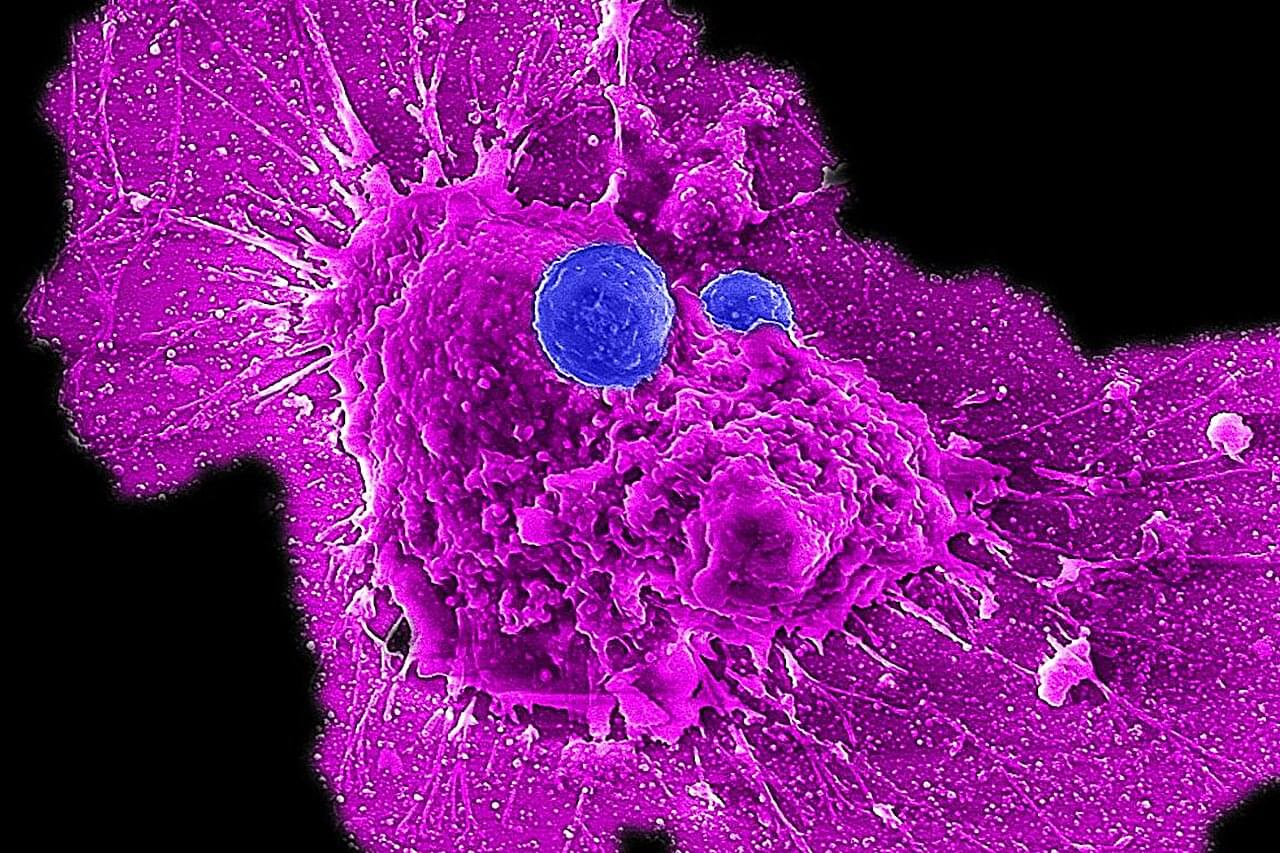
Ovarian cancer is the leading cause of death among women with gynecological cancers. The current medical playbook—surgery followed by chemotherapy—initially shows promise. Tumors shrink, sometimes disappearing entirely. But in more than 80% of patients, the cancer not only comes back, but returns more aggressive and increasingly resistant to the very treatments that once seemed effective.
But now, there could be new hope. In a study published in the journal Med, UCLA researchers have detailed their development of a new type of immune cell therapy, called CAR-NKT cell therapy, that could transform ovarian cancer care by delivering superior cancer-fighting power.
“This is the culmination of over a decade of work in my lab and represents over six years of collaboration with gynecologic oncologist Dr. Sanaz Memarzadeh,” said co-senior author Lili Yang, a professor of microbiology, immunology and molecular genetics and a member of the Eli and Edythe Broad Center of Regenerative Medicine and Stem Cell Research at UCLA.
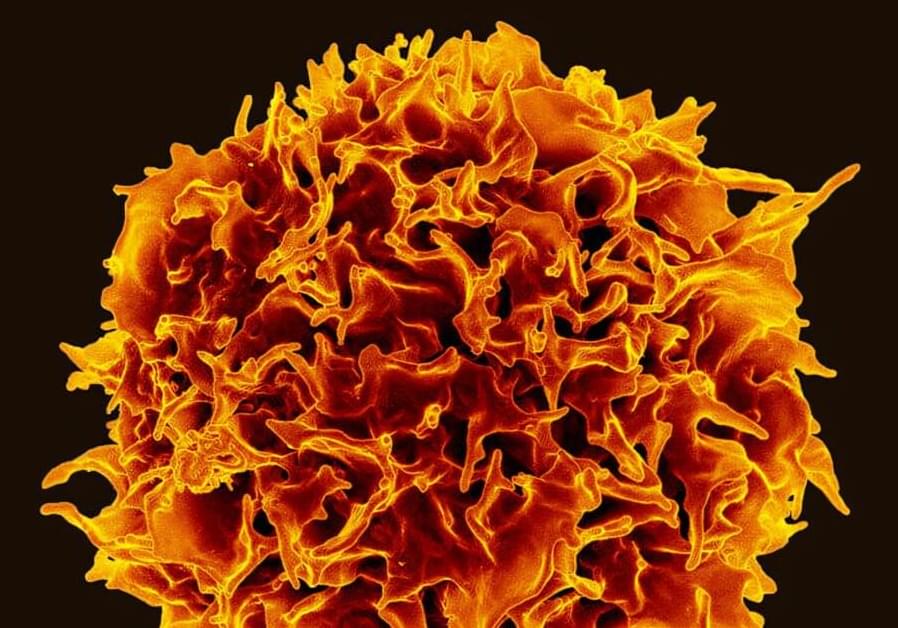
In a discovery that could expand the array of current cancer immunotherapy treatments, scientists at Harvard Medical School have identified a new molecular brake that hinders the ability of T cells to attack tumors.
The research, published in Nature Immunology, offers a new pathway to design treatments that help more patients—a welcome development given that current cancer immunotherapies work in less than half of those who receive them.
The research, done in mice and in human cells, shows that a protein called STUB1 restrains the immune system’s elite cancer-fighting CD8+ T cells. It does so by interfering with immune-signaling receptors—particularly one for the molecule IL-27—that are crucial for T cells’ ability to mount a vigorous anti-tumor response.
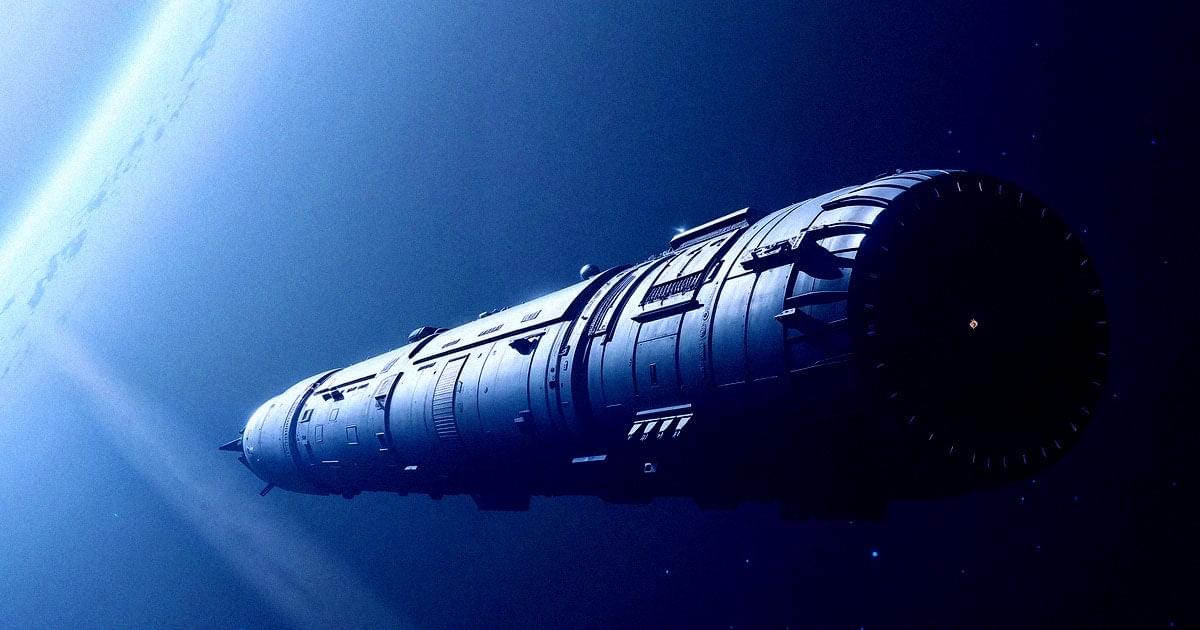
A team of engineers has come up with designs of a 36-mile spacecraft, dubbed Chrysalis, designed to carry up to 2,400 passengers to Alpha Centauri, the closest star system to our own.
As first spotted by Live Science, the ambitious vision recently won the team the top prize at the Project Hyperion Design Competition, which was launched last year by an international consortium of scientists, engineers, and urban planners.
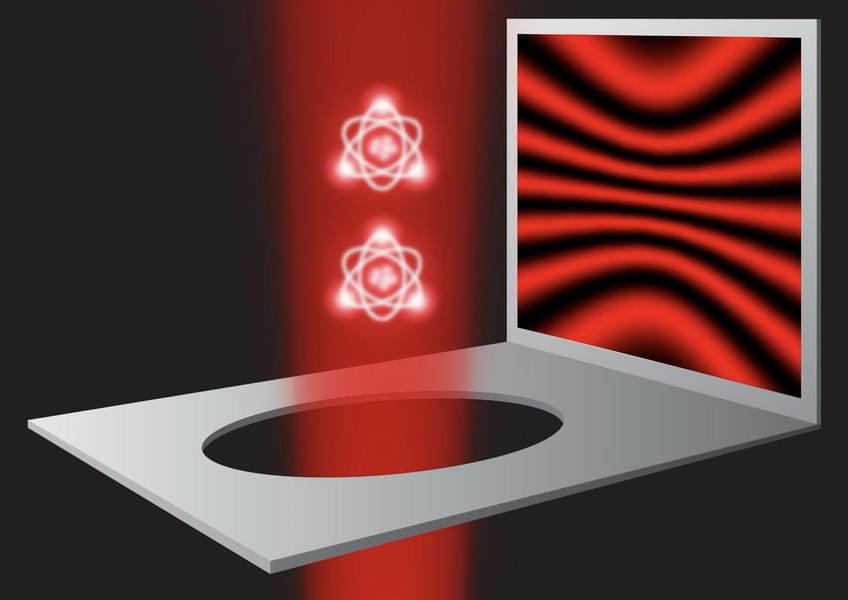
MIT physicists confirm that, like Superman, light has two identities that are impossible to see at once. Physicists at MIT recreated the double-slit experiment using individual photons and atoms held in laser light, uncovering the true limits of light’s wave–particle duality. Their results proved Einstein’s proposal wrong and confirmed a core prediction of quantum mechanics.
MIT physicists have performed an idealized version of one of the most famous experiments in quantum physics. Their findings demonstrate, with atomic-level precision, the dual yet evasive nature of light. They also happen to confirm that Albert Einstein was wrong about this particular quantum scenario.
The experiment in question is the double-slit experiment, which was first performed in 1801 by the British scholar Thomas Young to show how light behaves as a wave. Today, with the formulation of quantum mechanics, the double-slit experiment is now known for its surprisingly simple demonstration of a head-scratching reality: that light exists as both a particle and a wave. Stranger still, this duality cannot be simultaneously observed. Seeing light in the form of particles instantly obscures its wave-like nature, and vice versa.
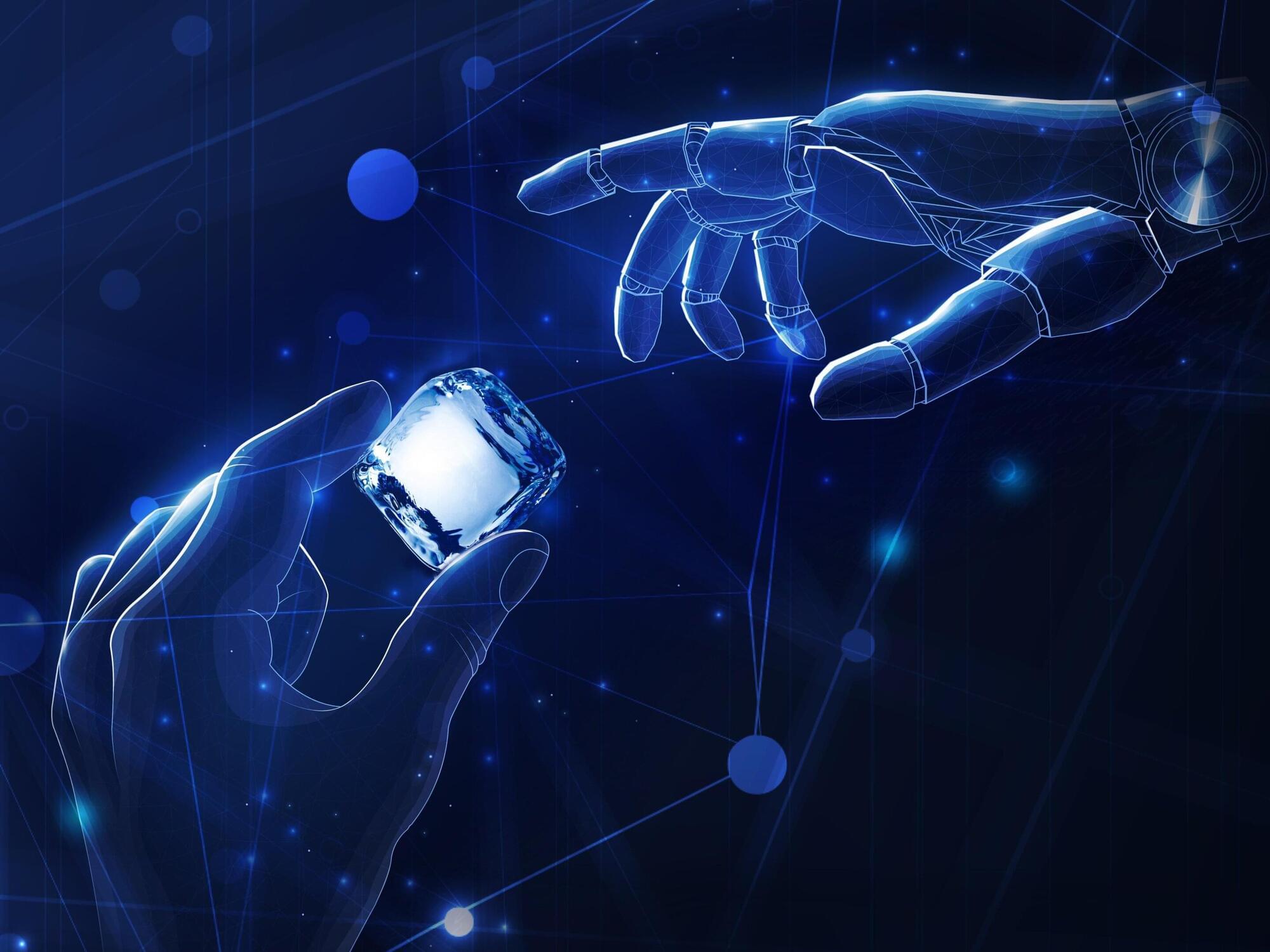
To effectively tackle a variety of real-world tasks, robots should be able to reliably grasp objects of different shapes, textures and sizes, without dropping them in undesired locations. Conventional approaches to enhancing the ability of robots to grasp objects work by tightening the grip of a robotic hand to prevent objects from slipping.
Researchers at the University of Lincoln, Toshiba Europe’s Cambridge Research Laboratory, the University of Surrey, Arizona State University and KAIST recently introduced alternative computational strategies for preventing the slip of objects grasped by a robotic hand, which works by modulating the trajectories that a robotic hand follows while performing manipulative movements. Their approach, consisting of a robotic controller and a new bio-inspired predictive trajectory modulation strategy, was presented in a paper published in Nature Machine Intelligence.
“The inspiration for this paper came from a very human experience,” Amir Ghalamzan, senior author of the paper, told Tech Xplore.